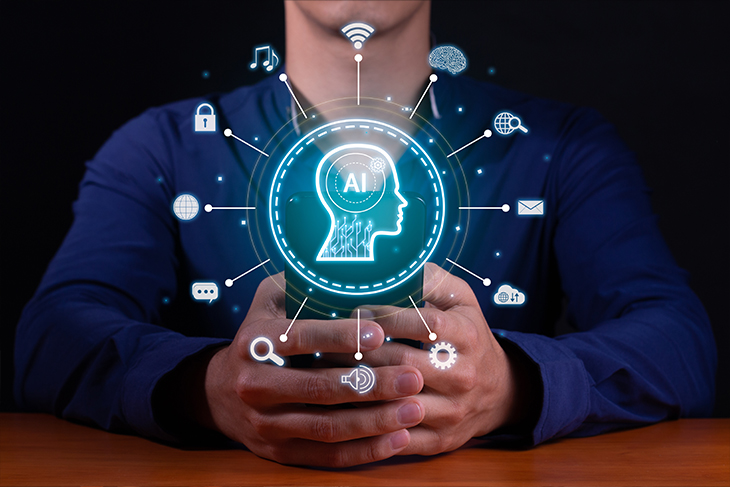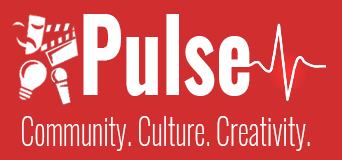
Harmonizing Creativity: The Artistic Advantages of Artificial Intelligence
In the world of art, human creativity has always been the driving force behind innovation and self-expression. However, with the rapid rise of technology, artificial intelligence (AI) has emerged as a potent ally for artists, offering a diverse set of advantages that can enrich and expand the creative process. In this article, we delve into the various ways AI is revolutionizing the arts, from redefining music composition to pushing the boundaries of visual art and beyond. Discover how AI augments creativity, enhances efficiency, and fosters collaboration in the artistic realm while preserving cultural heritage and offering personalized art experiences. Join us on this journey, as we explore how the harmonious fusion of human imagination and AI's computational capabilities is paving the way for an exciting new era of artistic expression.
Introduction
In the realm of art, human creativity has always been the driving force behind innovation and expression. However, with the rapid advancement of technology, artificial intelligence (AI) has emerged as a powerful ally for artists, offering a palette of advantages that can enhance and expand the creative process. In this article, we will explore the manifold ways in which AI is transforming the arts, from music composition to visual arts and beyond.
1. Augmenting Creativity
AI is a tool that empowers artists to augment their creative capabilities. With the assistance of AI algorithms, artists can generate new ideas, uncover unique perspectives, and explore uncharted artistic territories. AI can analyze vast datasets and identify patterns and trends that human artists might overlook, sparking fresh inspiration. For instance, AI can analyze social media trends to identify emerging themes and incorporate them into artworks or music compositions.
2. Enhancing Efficiency
One of the most significant advantages of AI in the arts is its ability to streamline and optimize creative processes. Artists often spend countless hours on repetitive tasks, such as image editing or music notation, which can be time-consuming and mentally exhausting. AI-powered tools can automate these tasks, allowing artists to focus more on their creative vision. For instance, AI can assist graphic designers by automating the process of resizing images or generating color palettes, saving valuable time and effort.
3. Pushing the Boundaries of Art Forms
AI enables artists to push the boundaries of traditional art forms by offering innovative tools and techniques. For example, in music composition, AI algorithms can create harmonious compositions that blend different musical styles or experiment with unconventional structures. Visual artists can use AI to explore generative art, where algorithms create ever-evolving, dynamic artworks that challenge traditional notions of static art.
4. Collaborative Potential
AI can serve as a collaborative partner for artists, offering new perspectives and contributing to the creative dialogue. For example, AI chatbots can engage in creative conversations with writers, offering suggestions and brainstorming ideas. Similarly, visual artists can use AI algorithms to manipulate images or generate concept art collaboratively. This synergy between human creativity and AI’s computational power can lead to innovative and groundbreaking works of art.
5. Personalized Art Experiences
AI can personalize art experiences for audiences. By analyzing user preferences and behavior, AI can recommend artworks, music, or literature that align with individual tastes. This personalization not only enhances the viewer’s appreciation of art but also helps artists tailor their creations to a specific audience, potentially broadening their reach and impact.
6. Preservation and Restoration
In the realm of cultural heritage, AI plays a crucial role in the preservation and restoration of artworks and artifacts. AI can analyze deteriorated paintings, sculptures, or historical documents to reconstruct missing or damaged elements, ensuring that these precious cultural treasures are preserved for future generations.
Conclusion
Artificial intelligence is transforming the arts in profound ways, offering artists a multitude of advantages that amplify creativity, efficiency, and collaboration. While some may fear that AI could replace human artists, the reality is that AI is a tool that complements and augments human creativity, pushing the boundaries of what’s possible in art. As artists continue to embrace AI, we can expect to see even more groundbreaking and innovative works that inspire and captivate audiences worldwide. The harmonious fusion of human creativity and AI’s computational prowess is ushering in a new era of artistic expression, where the possibilities are limited only by our imagination.
